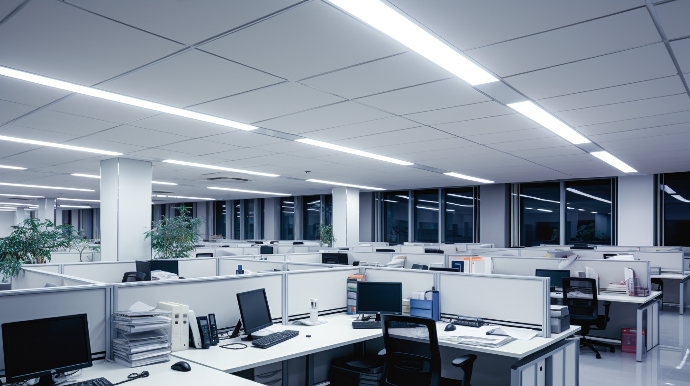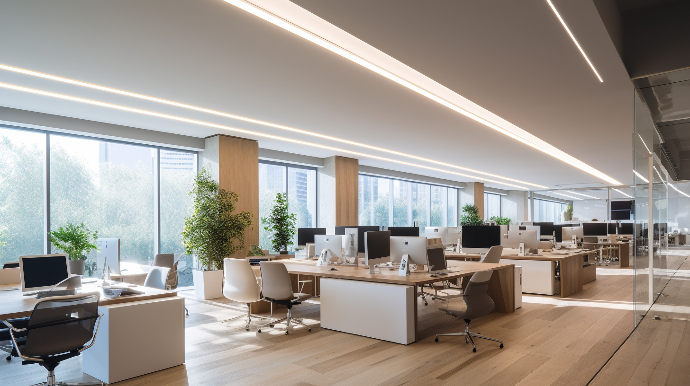Lighting plays a crucial role in shaping the ambiance and functionality of any environment. From residential spaces to commercial establishments, proper lighting not only serves its utilitarian purpose but also significantly affects the overall experience and comfort of occupants. This article delves into the topic of insufficient illumination, studying its effects on lighting systems and how it influences customer experience and comfort in various settings.
The Significance of Adequate Lighting:

A well-designed lighting system is more than just a practical necessity – it has the power to transform spaces, evoke emotions, and enhance functionality. Adequate illumination not only ensures visibility but also contributes to the aesthetics and mood of a place. Proper lighting can highlight architectural features, create focal points, and establish a desired atmosphere. On the other hand, insufficient lighting can lead to a range of issues that impact both visual comfort and psychological well-being.
The Impact on Customer Experience:

In commercial settings such as retail stores, restaurants, and entertainment venues, customer experience is of paramount importance. Inadequate lighting can have a negative impact on how customers perceive these spaces. Dim or uneven lighting can make products less appealing, affect the perception of colors, and even lead to discomfort or eye strain. Customers are less likely to engage with the environment and may spend less time in poorly lit areas, ultimately affecting business outcomes.
Comfort and Well-being:

Beyond commercial spaces, insufficient illumination can also hinder comfort and well-being in various settings. In workplaces, inadequate lighting can lead to decreased productivity, increased errors, and even discomfort-related health issues. Poor lighting conditions can contribute to eyestrain, headaches, and fatigue among employees. Similarly, in residential environments, improper lighting can disrupt sleep patterns, create an unwelcoming ambiance, and lead to a generally unpleasant living experience.
Factors Influencing Insufficient Illumination:

Several factors can contribute to poor lighting implementation. Inadequate planning and design, improper choice of lighting fixtures, and a lack of maintenance can all lead to insufficient illumination. Sometimes, cost-cutting measures may result in subpar lighting solutions, compromising the overall experience of the space.
Solutions and Recommendations:

Addressing the issue of insufficient illumination requires a holistic approach. Architects, interior designers, and lighting experts must collaborate to create well-thought-out lighting designs that align with the intended purpose and ambiance of a space. Proper consideration of lighting intensity, color temperature, and distribution is essential.
Regular maintenance and updates are equally crucial. Burnt-out bulbs, faded fixtures, and outdated technologies can gradually degrade the lighting quality. Implementing energy-efficient lighting solutions, such as LED technology, not only helps in reducing energy consumption but also ensures consistent and high-quality illumination.
Conclusion:

In conclusion, the significance of proper lighting cannot be understated. Insufficient illumination can have far-reaching effects on the customer experience, productivity, and overall well-being of individuals in various spaces. Recognizing the impact of lighting on human psychology and behavior underscores the need for meticulous planning, thoughtful design, and consistent maintenance of lighting systems. As we continue to shape our built environments, prioritizing adequate illumination will undoubtedly lead to more comfortable, visually appealing, and functional spaces that enhance the quality of life for all.

